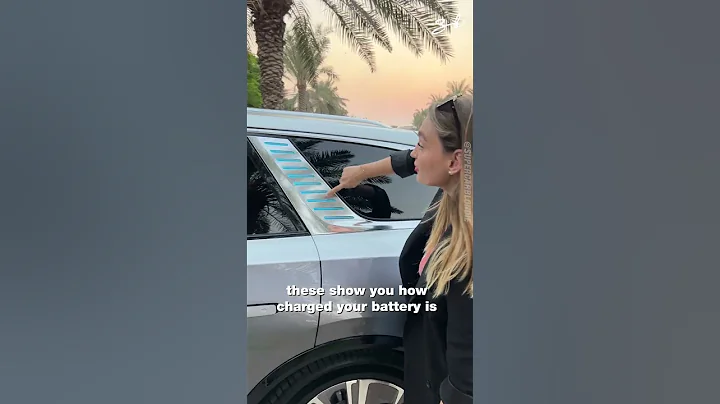car hasn't moved for a long time, can it charge the battery when it is started in place?
Do you mean that the car is idling after starting? In this case, the battery can be charged. However, the charged electricity is commonly called "floating electricity", and it exists in a short time. If it is parked for a longer time, the electricity will be gone. For example, a car that has been parked for a month can no longer be driven. We start the engine with other batteries and run it at idle for half an hour. We measure the voltage of the battery and it is generally above 12.5V. After turning off the flame and restarting, it can also start smoothly. But after parked overnight, the car was unable to start due to a loss of electricity. At this time, the battery voltage measured at this time was generally below 11V. The reason is that the charged electricity is not stable.

First of all, let's talk about why the car can be charged at idle speed. The car's generator is driven by the engine crankshaft through a belt. If you observe carefully, you will find that the engine crankshaft pulley is much larger than the generator pulley. In other words, this is a kind of "speed-increasing drive", and the speed of the generator is higher than that of the engine. In fact, the speed of the generator is generally about 2.5 times the speed of the engine. For example, the engine runs at an idling speed of 800 rpm, and the speed of the generator is generally about 2000 rpm.

and the generator can generally send out the rated voltage at 1000 revolutions per minute. Therefore, when the engine is idling, the generator voltage will be higher than the battery voltage, and the battery can be charged. It's just that when the generator is running at a low speed, the current and power it emits is not high, so the charging speed is very slow. If there are other electrical appliances working at this time, such as turning on the headlights, listening to high-power stereos, etc., the electricity emitted is even insufficient to cope, and there is no excess electricity to charge the battery. There is an obvious example of

, some small displacement engines, when the engine is idling, we turn on the headlights, the engine will shake violently, and the headlights are also very dim. This situation is called "power seizure" by old drivers, which means that the headlights take up too much power, resulting in insufficient power in the ignition system, and the engine will ignite poorly, which will naturally shake. In this case, the engine itself can't handle it, let alone charging the battery. But at this time, as long as we step on the accelerator and increase the engine speed, the engine will be more stable and the headlights will be brighter. This is because the generator speed has increased, and more power and current are sent out. After maintaining the engine itself, there is surplus left, and the battery can be charged.

Therefore, the battery can be charged when the engine is idling, but the charging capacity is small, the charging time is also long, and the charged electricity is not stable. Under normal circumstances, this is not recommended. After
car batteries are parked for a long time, a phenomenon called "vulcanization" occurs. The principle is that too much lead sulfate in the battery adheres to the electrode plate, which will block the pores on the electrode plate and isolate the active material on the electrode plate from the electrolyte, which will increase the internal resistance of the battery and decrease the capacity. This phenomenon is called vulcanization of the battery. At this time, when the battery is charged, the voltage will rise quickly and it will be fully charged; but the discharge is also very fast, and the engine can be started smoothly when it is fully charged. If it is parked for a little longer, the battery will be discharged. Our industry generally refers to this kind of electricity as "floating electricity".

The car is parked for a long time and is charged at idling speed after starting. The battery is charged with this kind of floating electricity, which is unbearable. If you want to eliminate this kind of floating electricity, one way is to remove the battery and perform desulfurization charging on the charger, which is to charge and discharge multiple times with a small current to melt the lead sulfate on the electrode plate to restore the capacity of the battery; Another method is to drive the car out for a period of time, and then use the vehicle normally, let the battery repeatedly charge and discharge in the dynamic, after a period of time, the battery will return to normal.












